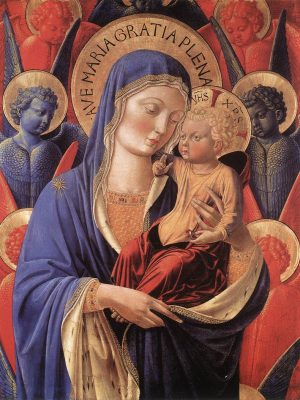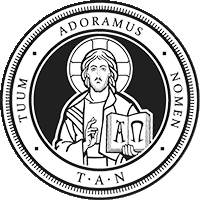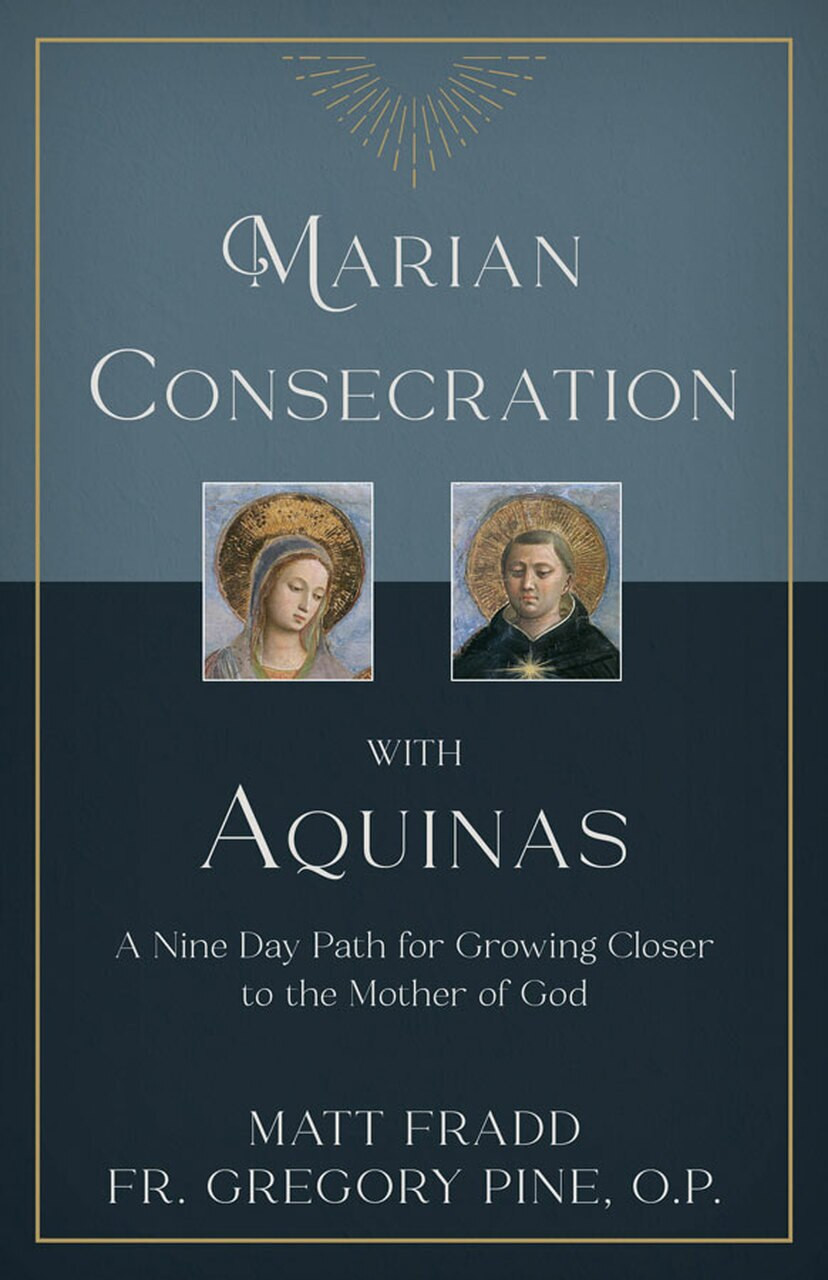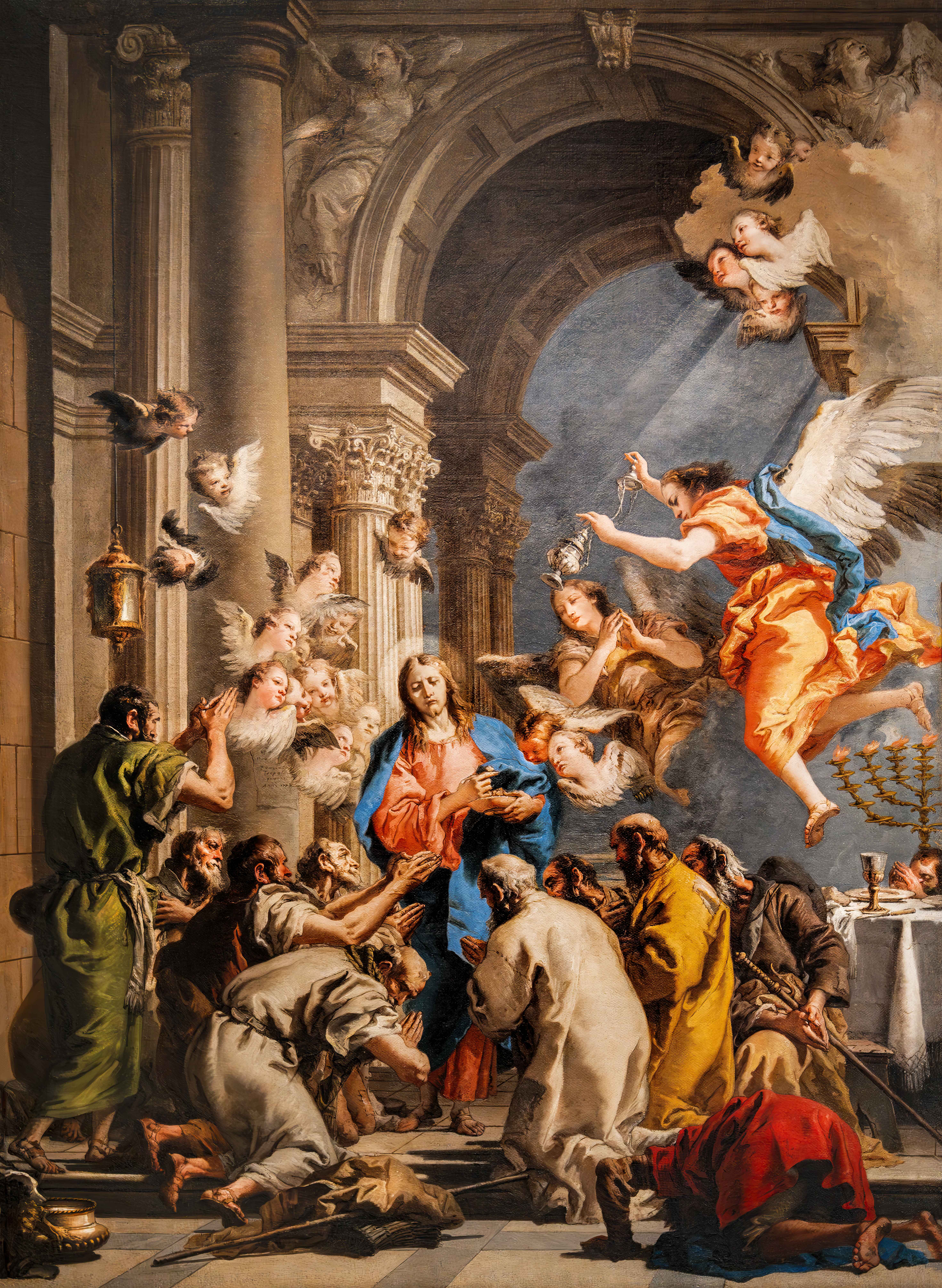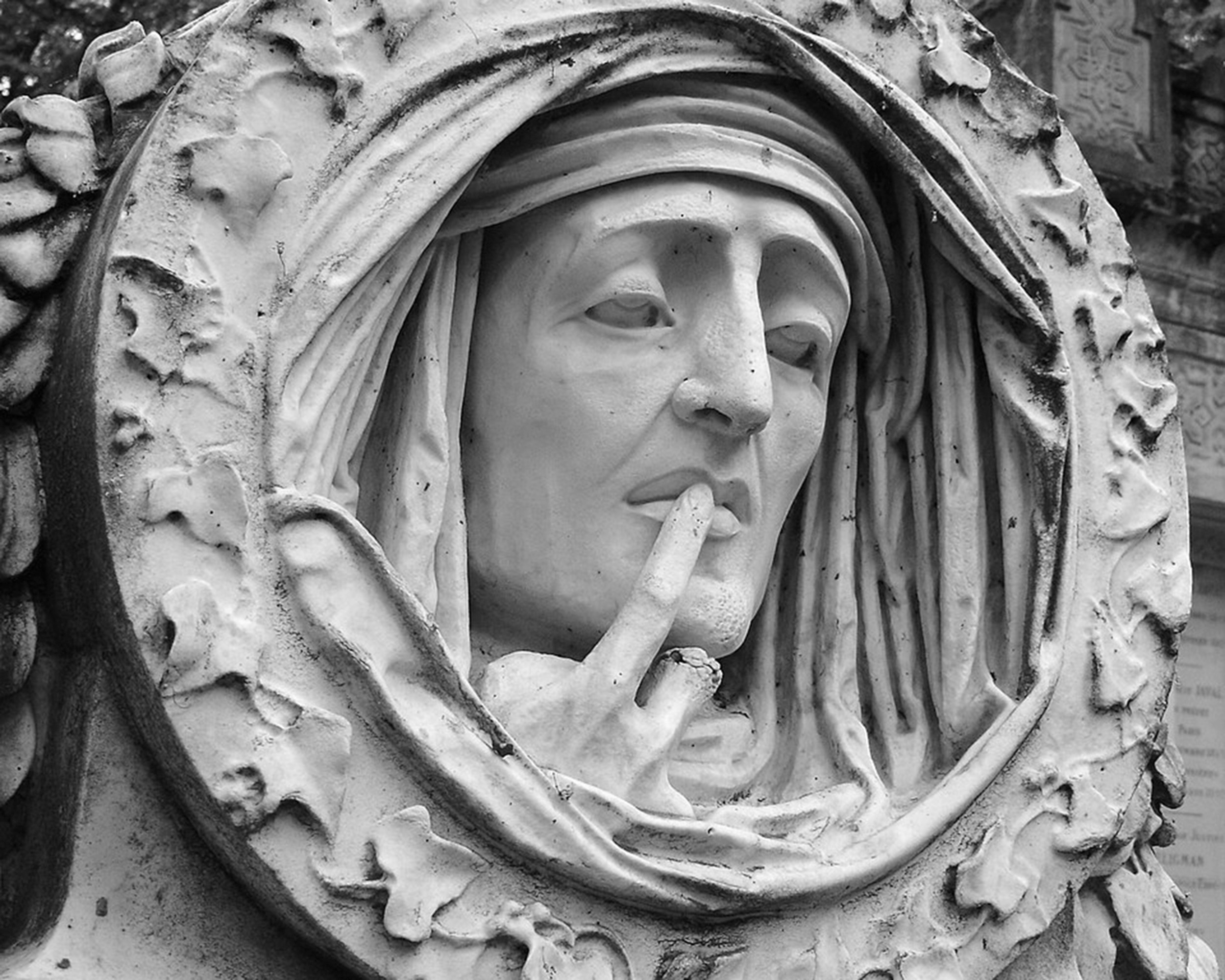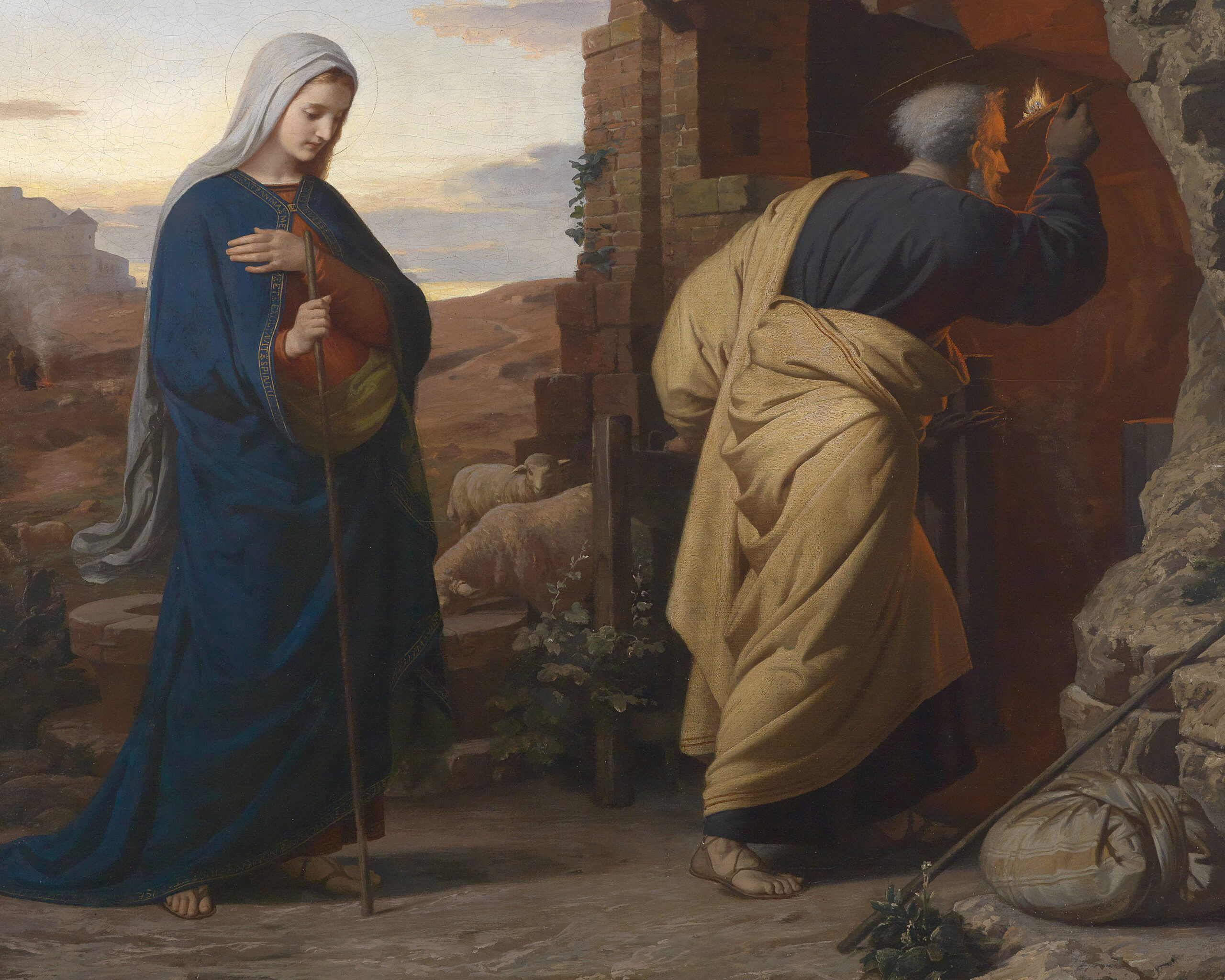The surest path to Our Lord is through Our Lady. As Catholics, we invoke the intercession of the saints to assist us in our earthly and spiritual affairs. But not all saints are equal. Learn why Mary has been called the “great mold of God” and why her intercession is the most powerful among the saints.
Consecration and the Communion of Saints
He [God] also likes to bring about his will by empowering us to pursue holy designs with the help of others. The sacraments keep us constantly involved with the community of believers. We have to confess our sins to a priest. We are made to choose a sponsor at Confirmation. We come to knowledge of the Scriptures in study groups. This is part of the reason why we pray to the saints.
Invoking the Intercession of the Saints
You can see where this is going. If it makes sense to be thrown in with Christians on earth, then why should death put an end to our ongoing communion? If fragile, imperfect Christians prove so helpful, why shouldn’t glorious, perfect Christians be more helpful yet? So, in the Church’s tradition, we are encouraged to venerate the saints for the miracle of grace that God has worked in them and also to invoke their intercession to obtain what is necessary for salvation.
During their lives, the saints merited graces which are stored up in the treasury of heaven. But grain gathered in a silo rots, so God makes those merits fruitful for the whole Church. In God’s mysterious designs, the saints are permitted to act instrumentally in applying graces to those who call upon their names. In his wisdom, God wants to answer the prayers of his people through the mediation of his saints.
The saints themselves had a sense of this. On his deathbed, St. Dominic encouraged his brothers not to lament his loss, for he would be of more service to them after death than before. St. Thérèse longed to spend her heaven doing good on earth. And we can appreciate why God wills it so. God stirs up our desire for the life of sanctity and the life of heaven by having us appeal to those who already enjoy it. By a thousand invisible tethers, he anchors our hearts in heaven so that we can be drawn into the communion of saints that we have already begun to experience. This is just one more beautiful feature of the dispensation of his grace.
Not all Saints are Equal
Now while we might appeal to our favorite saints or patron saints or saints especially suited for some purposes, there is a kind of hierarchy among the saints. Some receive objectively greater graces in their lives and so enjoy a special esteem in the Church’s tradition. Think about St. Joseph. It’s not for nothing that he was the foster father of the only begotten Son of God, the most chaste spouse of the Virgin, the Universal Protector of the Church, and the Terror of Demons. So, while all saints enjoy the vision of God and are filled to the brim with grace and are powerful intercessors in heaven, it’s still true that not all saints are equal.
Another way of getting at this is to say that some saints are more powerful intercessors because they play a more significant part in the history of salvation. Within God’s saving plans, there are certain privileged places, certain privileged roles. But at the center of history stands his choice to take human flesh and to be born of a woman. When the God-man entered our history, he could have struck like lightning. He could have appeared spontaneously. He could have done any number of other things. But he didn’t. As we pray at Mass, “For us men and for our salvation, he came down from heaven: by the power of the Holy Spirit he was born of the Virgin Mary, and became man.”
Mary the Mold
God’s choice changes everything. The Lord chose Mary to be the Mother of God, the Theotokos, the God-bearer. As St. Augustine writes, “Him whom the heavens cannot contain, the womb of one woman bore. She ruled our Ruler. She carried him in whom we all are. She gave milk to our Bread.” God’s choice resounds through salvation history. It is not an isolated event. It is a blueprint of salvation. We who would be adopted sons and daughters of God must always and everywhere look to him who is the only-begotten Son of God and to the Mother who gave him birth.
In this spirit, St. Augustine writes about the Blessed Virgin Mary as the mold of God, since she formed the God-man in her womb. St. Louis de Montfort loved this image. He writes in his True Devotion, “Mary is the great mold of God, fashioned by the Holy Spirit to give human nature to a Man who is God by the hypostatic union, and to fashion through grace men who are like to God. No godly feature is missing from this mold. Everyone who casts himself into it and allows himself to be molded will acquire every feature of Jesus Christ, true God, with little pain or effort, as befits his weak human condition.”
Using an image taken from sculpture, he extends the analogy to show that there is no better way to go about becoming like Christ than the way Christ himself chose. There are two methods, he recounts, to make a statue: with a hammer and chisel or with a mold. In the former course, it is difficult and susceptible to all kinds of mistakes. In the latter course, it is easy and assured. Mary has already formed Christ once, and she remains available to form us after the likeness of her Son. This captures the excellence and superiority of her mediation and intercession, which is but a share in the mediation and intercession in Christ.
So to be consecrated or entrusted to Mary is not strictly necessary. But it is good. And of all the saints to whom one could entrust himself, she is, by far, the greatest. She plays the greatest role in salvation history. She is given the greatest graces. God brings about his biggest plans in and through her. She is the Immaculate Conception. She is the Virgin Mother of God. She is Spouse of the Spirit. She is assumed into heaven where she reigns as Queen.
ooo
This article is taken from a chapter in Marian Consecration With Aquinas by Matt Fradd and Fr. Gregory Pine, OP which is available from TAN Books.


